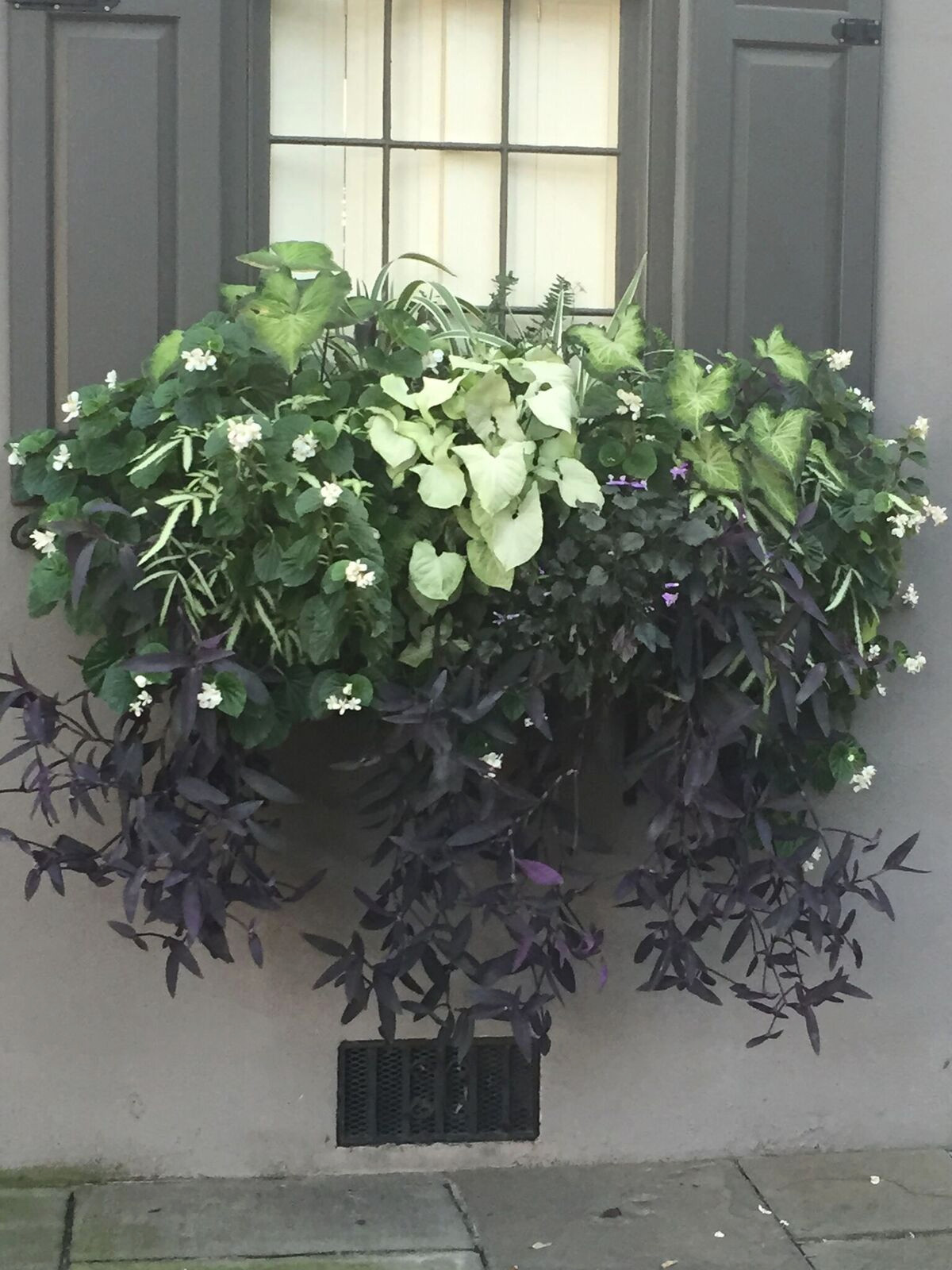Leading Landscape Designer for Stunning Yard and Yard Designs
The Function of Garden Layout in Encouraging Sustainability and Biodiversity
Garden layout is progressively recognized for its prospective to promote sustainability and enhance biodiversity within city and rural landscapes. By focusing on indigenous plant species and using water conservation strategies, designers can develop atmospheres that not only prosper but additionally need marginal chemical intervention. Furthermore, integrating elements that sustain wild animals habitats is essential in preserving environmental equilibrium. As areas begin to welcome these practices, the ramifications for both specific and collective environmental stewardship come to be profound. What are the details techniques that can successfully link the gap between aesthetic allure and eco-friendly responsibility?
Significance of Native Plants
Highlighting the use of native plants in garden style is vital for advertising eco-friendly equilibrium and sustainability. Indigenous plants are those that normally take place in a specific area and have actually adjusted to the neighborhood environment, dirt, and wild animals. Their consolidation right into gardens supports local communities by offering habitats and food sources for native pollinators, birds, and various other wildlife.

Water Conservation Strategies

Additionally, executing rain gardens can catch and filter stormwater overflow, promoting groundwater recharge while reducing erosion - garden design near Mount Pleasant SC. These gardens use indigenous plants that thrive in wet problems, properly managing excess water while producing varied environments
Furthermore, utilizing compost in yard beds helps keep soil wetness, lowering evaporation and the frequency of watering (Landscape Designer). Organic mulches, such as wood chips or straw, additionally boost dirt health in time
One more efficient strategy is making use of absorptive paving materials in pathways and patios, allowing rainwater to infiltrate the ground as opposed to running. This advertises wetness retention and minimizes the need for watering.
Last but not least, mounting a rain harvesting system can significantly add to water conservation initiatives. Accumulating and saving rain for yard usage urges lasting methods and minimizes dependence on local water sources. By incorporating these techniques, yard layouts can efficiently advertise water preservation while sustaining eco-friendly health.
Reducing Chemical Use
While lots of garden enthusiasts look for vivid and healthy and balanced plants, minimizing chemical use is crucial for cultivating a lasting environment. The reliance on synthetic fertilizers and chemicals can cause soil degradation, water contamination, and a decrease in beneficial insect populaces. By embracing natural gardening practices, garden enthusiasts can improve the health and wellness of their landscapes while promoting biodiversity.
One reliable technique is to utilize garden compost and organic amendments, which improve the soil normally and enhance its structure. These techniques not only boost plant wellness however additionally minimize the need for chemical plant foods. Executing integrated bug management (IPM) strategies even more minimizes chemical inputs by motivating natural killers, such as ladybugs and parasitic wasps, to manage pest populations.

Creating Wild Animals Environments
Producing dynamic wildlife environments within yards not only boosts biodiversity but additionally enhances sustainable gardening techniques focused on minimizing chemical usage. By incorporating indigenous plants, garden enthusiasts can offer important resources such as food and sanctuary for different species, consisting of birds, bugs, and small creatures. Indigenous plants are well-adapted to local problems, needing less water and less chemical inputs, thus straightening with sustainability objectives.
The layout of these environments can consist of diverse layers of greenery, such as trees, bushes, and ground cover, which enhances structural intricacy and provides diverse specific niches for wildlife (landscape design near Folly Beach South Carolina). Furthermore, functions like water sources, such as small fish ponds or birdbaths, can bring in and sustain a larger series of species
Maintaining a naturalistic approach, which might include leaving some locations wild or undisturbed, enables the all-natural procedures of ecological communities to prosper. This practice motivates the presence of valuable bugs and pollinators, which play an essential duty in the health and wellness of both yards and surrounding settings. In general, developing wildlife environments is a fundamental element of lasting garden style, fostering environmental equilibrium and resilience while boosting the beauty and performance of exterior spaces.
Neighborhood Involvement in Gardening
Neighborhood involvement in gardening promotes a feeling of belonging and collective obligation, changing specific gardening efforts right into common initiatives that benefit the whole area. By involving neighborhood participants in horticulture tasks, we can cultivate not only plants however additionally relationships and social media networks. Regional yards work as vital areas for education, where people of every ages can find out about sustainable practices, biodiversity, and environmental stewardship.
Collective horticulture initiatives, such as area yards, advertise the exchange of knowledge and resources, guaranteeing that all participants can contribute and benefit. This inclusivity improves neighborhood durability, as members function with each other to get rid of obstacles such as food instability and ecological destruction. In addition, area yards can offer as systems for social expression, enabling people to share their heritage via varied growing and gardening strategies.
In addition, involving the community in gardening efforts can result in boosted recognition of neighborhood ecological communities and the importance of biodiversity. By working collectively to design and maintain these spaces, citizens cultivate a common dedication to sustainability, developing a long-term influence on both the setting and area communication. Inevitably, community engagement in gardening is a powerful device for advertising ecological stewardship and improving the quality of life within neighborhoods.
Final Thought
In final thought, critical garden design considerably adds to sustainability and biodiversity (Landscape Designer). By stressing the use of indigenous plants, applying water conservation techniques, and decreasing chemical inputs, gardens can effectively sustain local ecological communities. Furthermore, the creation of wild animals habitats and promoting community interaction further improve environmental stewardship. Collectively, these techniques not only improve the charm of rooms but additionally promote environmental balance, making garden layout an essential aspect in the pursuit of a sustainable future.